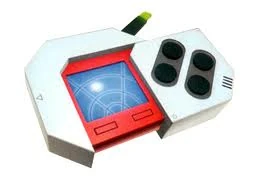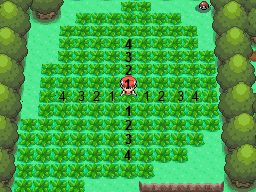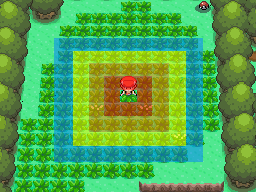In the Sinnoh games (Diamond, Pearl, and Platinum from Gen IV, Brilliant Diamond and Shining Pearl from Gen VIII), the player receives an interesting Key Item called the PokéRadar after completing the regional Pokédex. This item serves two uses: finding Pokémon not in the original 'dex, and chaining Pokémon for increased odds of finding a shiny (you can even do both at the same time). When the Radar is used while in tall grass, four patches around the player will shake in one of three ways: slowly and subtly; quickly and violently; or sparkling, which indicates a Shiny Pokémon. (Quick note: in Gen IV, the patches only shake for a second or so, so you have to pay attention.) However, the odds of seeing a sparkling patch right away are still very low (each patch has the same shiny odds as a regular encounter when you first use it). So how can you increase your odds of finding a shiny Pokémon? You have to start a radar chain.


